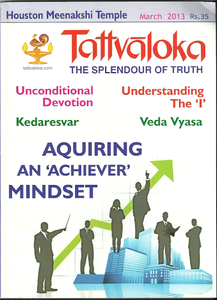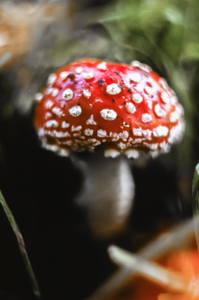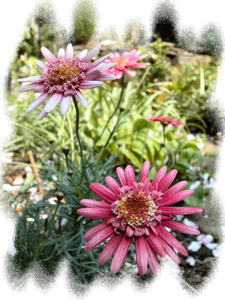Rather than add more comments to the ‘mokSha for All’ thread, I thought it better to make this a separate post. It is the same topic but here I posed a question to AchArya Dr. Sadananda of Chinmaya Mission, Washington, whom I have known for a long time. I have interposed comments in his response and his follow-up comments have been added in green.
Dennis:
Obviously any statement about the ‘nature’ of absolute reality can only be made from the jIva’s standpoint; i.e. an ‘as though’ pAramArthika statement made in vyavahAra. Thus, any talk about a world is clearly a vyAvahArika statement; aham brahmAsmi is an ‘as though’ pAramArthika statement.
Sada:
Dennis – aham brahmaasmi is statement of understanding of the truth – it is recognition of that paaramaarthika state but expressed using the instruments available in vyavhaaha that is the BMI. It is not just vyaavahaarika statement about paramaarthika state. It is like when I say sugar is sweet – it is statement which may not mean much to a listener who may not know what sweetness means, but it means a lot to one who knows and is the statement born of direct experiential understanding – or aparoxaanubhuti. Continue reading






